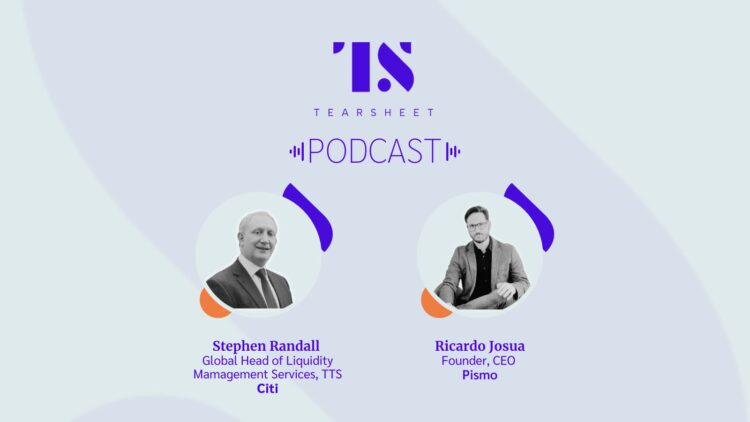Podcasts
Behind the Citi-Pismo partnership
- A few months back, Citi announced a partnership with Pismo to modernize and scale its DDA platform for Citi's Treasury clients.
- We speak to two of the principals behind the deal to understand the thinking behind the partnership and how it impacts Citi clients.






